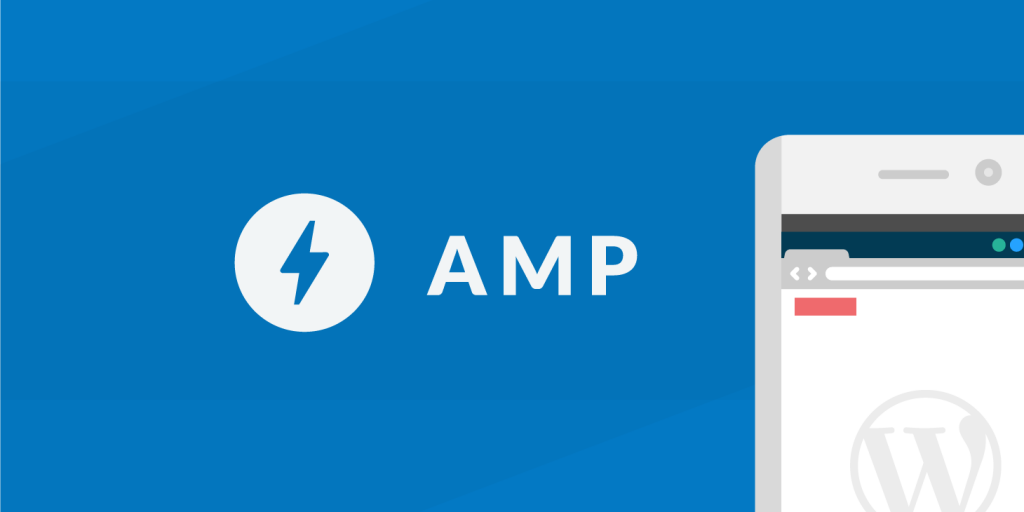What is Google AMP?
Google AMP (Accelerated Mobile Pages) is an open-source initiative by Google designed to make web pages load faster on mobile devices. AMP optimizes website files, which allows smaller devices to easily load web pages. This technology provides a better mobile user experience, which is crucial since mobile devices account for a significant portion of Google searches and website visits.
Benefits and Drawbacks of AMP
Google AMP offers several advantages, including improved load times, better search engine result page placements, and potentially higher conversion rates. However, it also has some drawbacks. Implementing AMP can be difficult without web development expertise or a CMS like WordPress. Additionally, AMP may lack support for older browsers, and some critics argue it presents only the essential content, omitting other website elements.
Setting Up Google AMP on WordPress
Installation and Activation
To set up Google AMP on your WordPress site, start by installing the official AMP plugin. Navigate to the “Plugins” section in your WordPress dashboard, click “Add New,” and search for “AMP”. Install and activate the plugin. Alternatively, you can activate or deactivate the plugin from the Plugins page.
Onboarding Process
After activating the plugin, you’ll be guided through an onboarding process. This setup is designed for both technical and non-technical users; if you’re not a developer, opt for the non-technical setup. The plugin will scan your site for theme and plugin incompatibilities and suggest solutions.
Configuring AMP Settings
Template Mode
Choose a template mode in the onboarding wizard3. If the site scan doesn’t reveal any issues, select the Standard option. Otherwise, review the Transitional and Reader sections to determine the most suitable option.
Post Verification
After completing the wizard, preview the mobile AMP version of your website. Add /amp/ to the end of any post URL to view the stripped-down AMP version7. This version will automatically display on mobile devices.
Enhancing AMP with Yoast SEO
Customization Options
The AMP plugin offers limited customization1. For more options, use the Yoast SEO & AMP plugin. If you have Yoast SEO installed, install the Glue for Yoast SEO & AMP plugin.
Design and Analytics
Customize the mobile view’s design in the Design tab and add a Google Analytics tracking code in the Analytics tab.
Optimizing Content with Heading Tags
Importance of Heading Tags
Use HTML header tags (H1, H2, H3, etc.) to help Google understand your content’s relevancy. The best practice is to use a single H1 tag per page or post, followed by multiple H2 and H3 tags.
Structuring Content
Think of heading tags as a hierarchy: the H1 tag is the most important and should contain your main keyword. Additional headers can include your keyword or long-tail variations. Use headers to break up content and improve readability.
Practical Implementation
Identify the main topic with the H1 tag, divide the content into main sections with H2 tags, and provide additional details within sections using H3 tags. Use H4, H5, and H6 tags for further subdivisions if necessary.
Integrating Ads with AMP
Ad Implementation
To run ads on your AMP pages, you’ll need to implement ad code that is compatible with the AMP format. This often involves using specific AMP components designed for ad display.
Plugin Options
Some WordPress AMP plugins offer built-in features or extensions to help you insert and manage ads on your AMP pages. Ensure that your ad placements do not interfere with the user experience and comply with Google’s policies.

